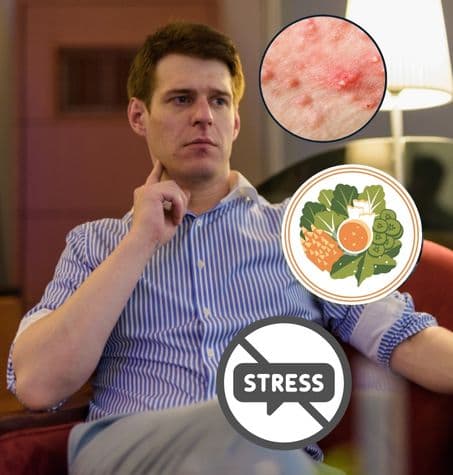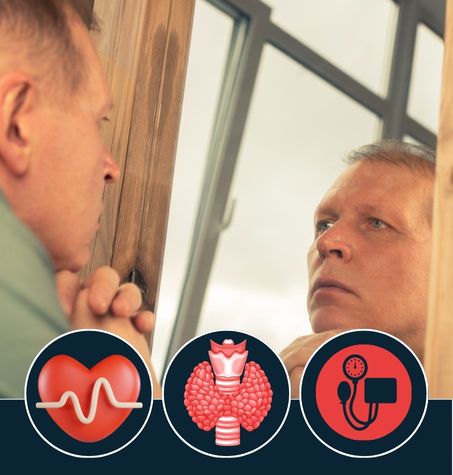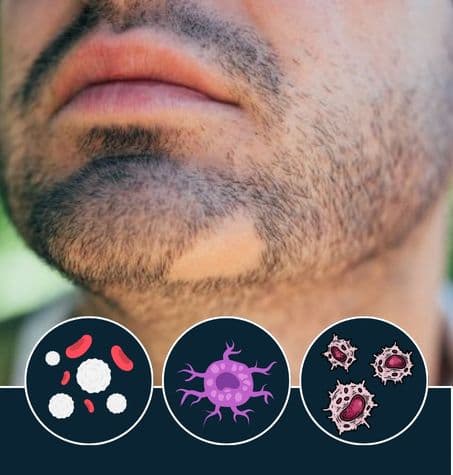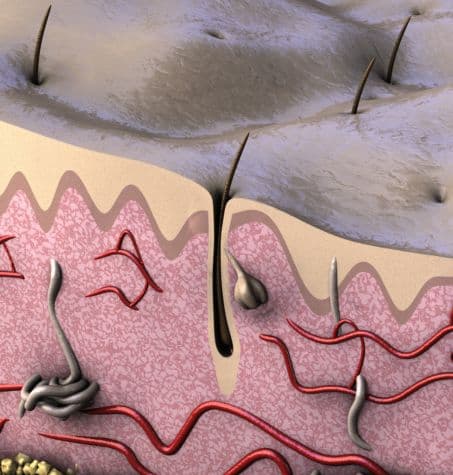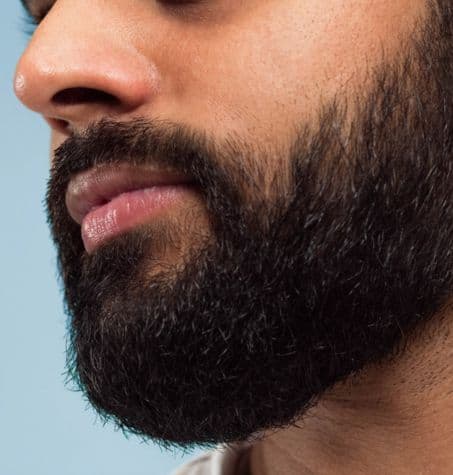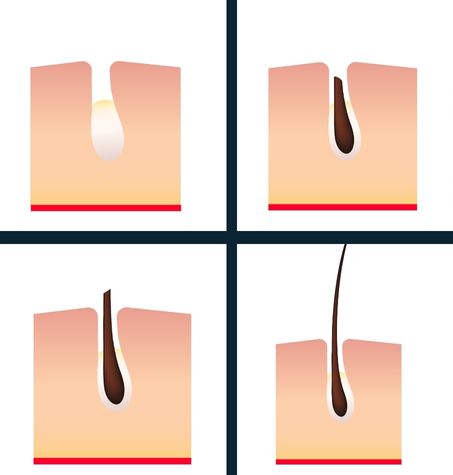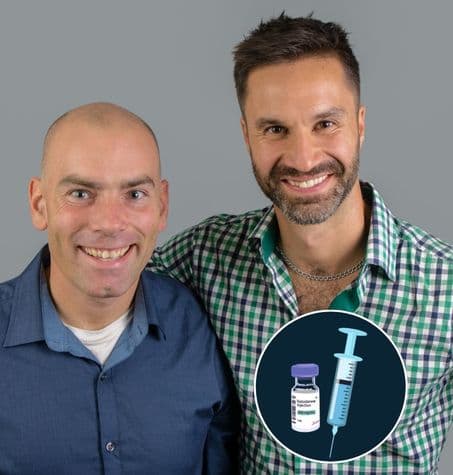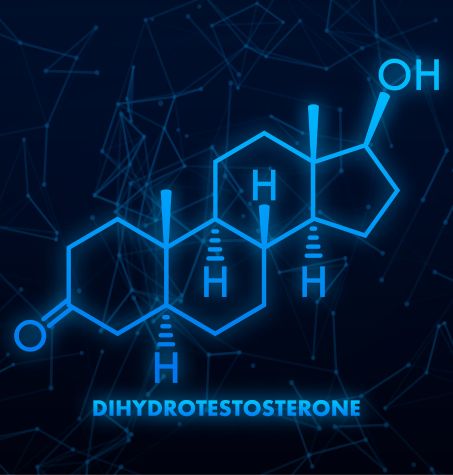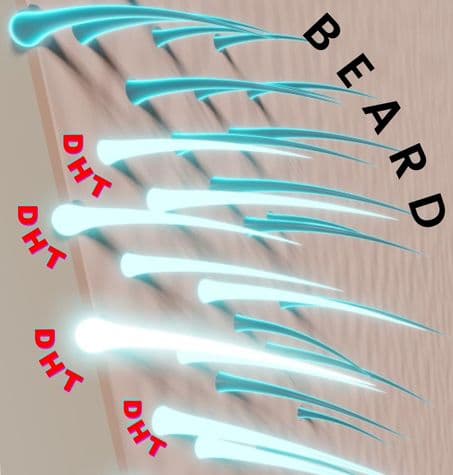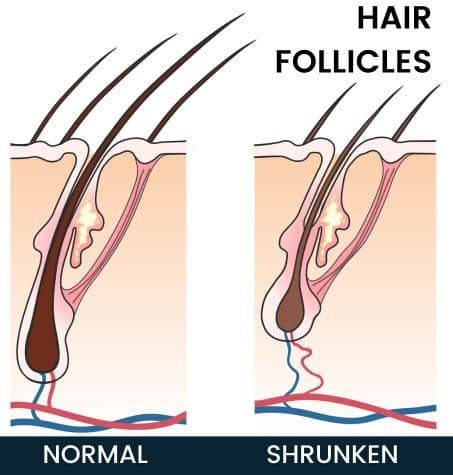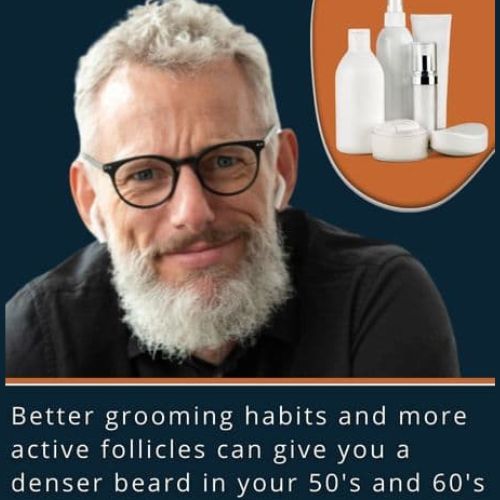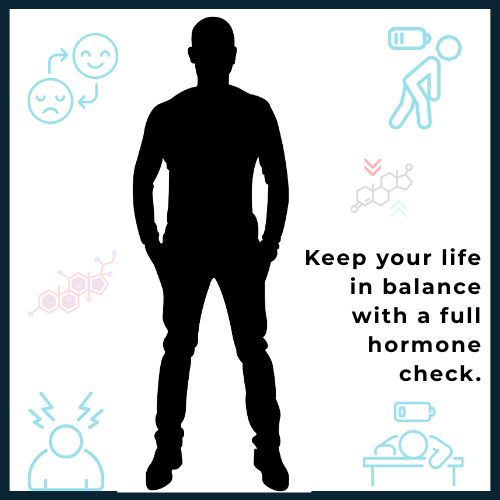
Late Bloomers Are More Common Than You Think
You've probably got that one nephew who could grow a lumberjack beard at 18, while you're still working with patchy stubble at 40.
Beard growth doesn't follow a standard timeline.
Some guys peak in their 20s, others don't see real growth until their 50s. Your beard has its own schedule.
Beard growth doesn't follow a standard timeline.
Some guys peak in their 20s, others don't see real growth until their 50s. Your beard has its own schedule.

